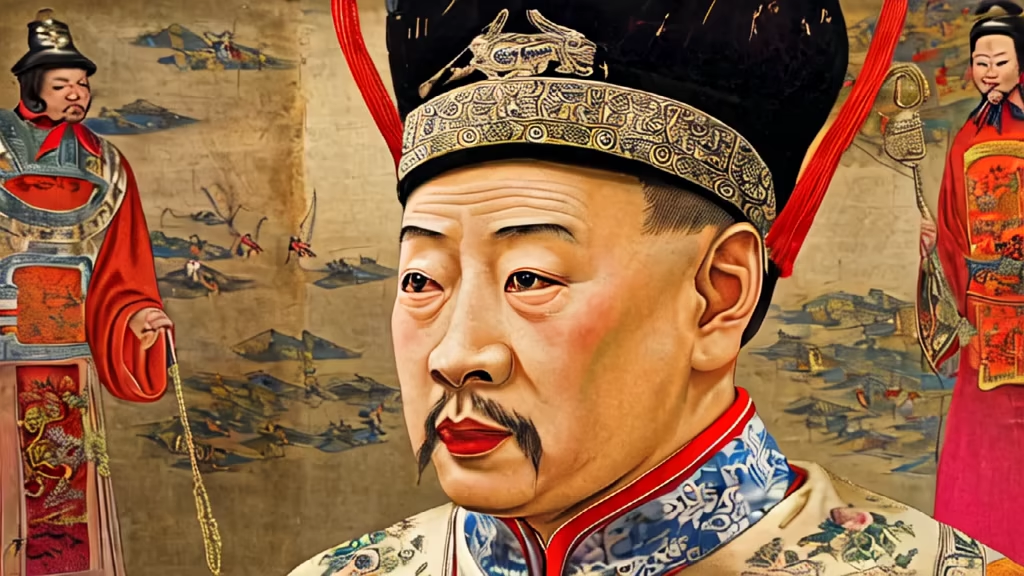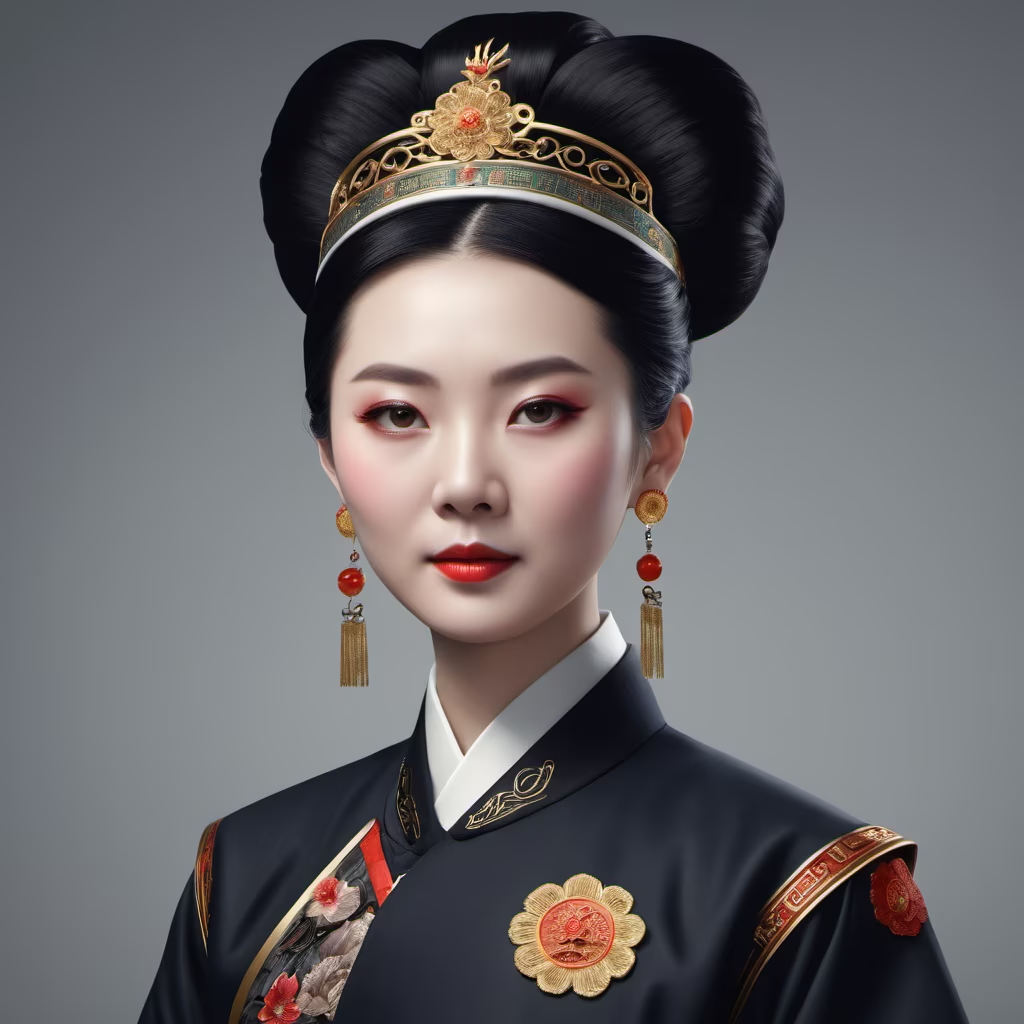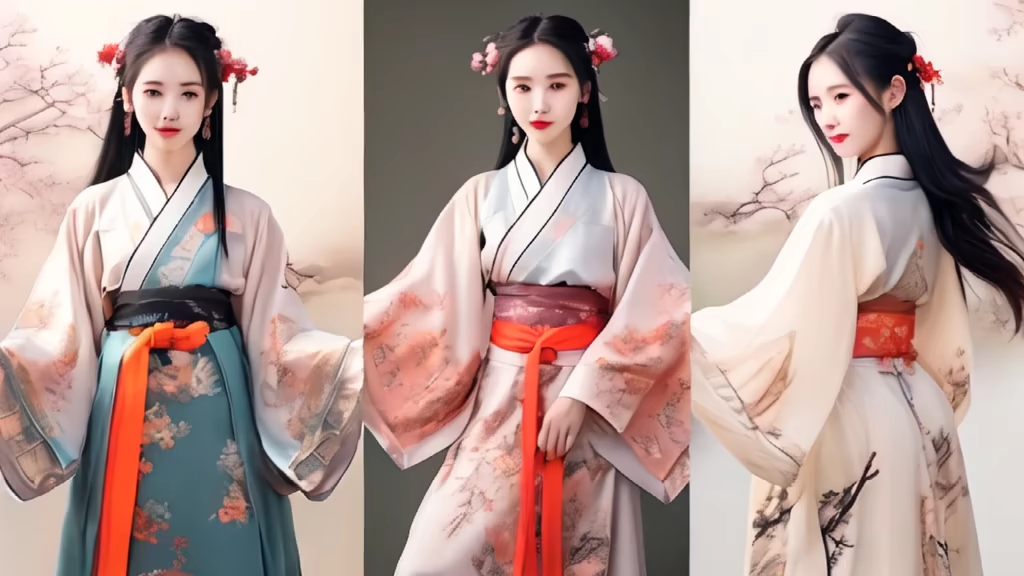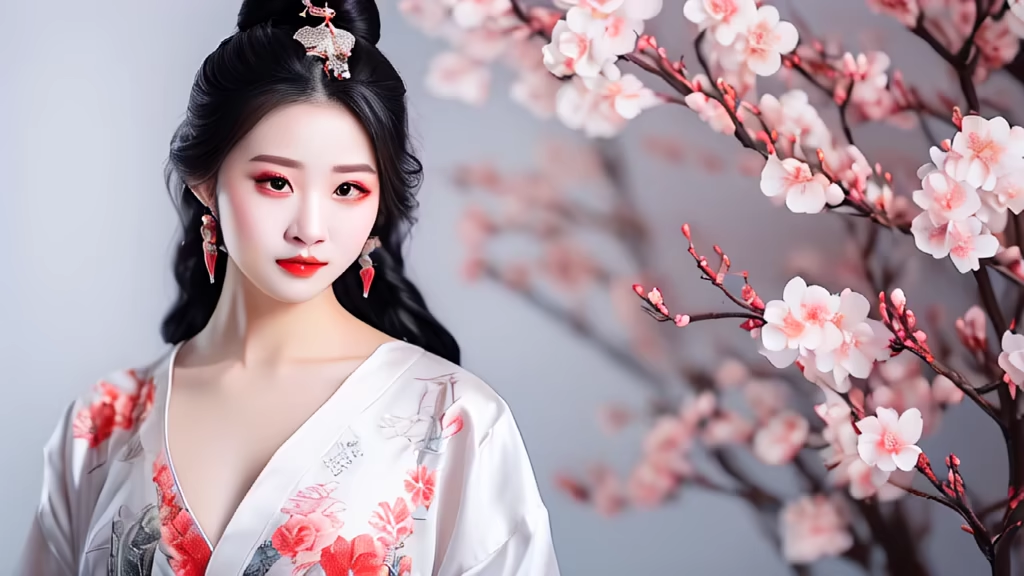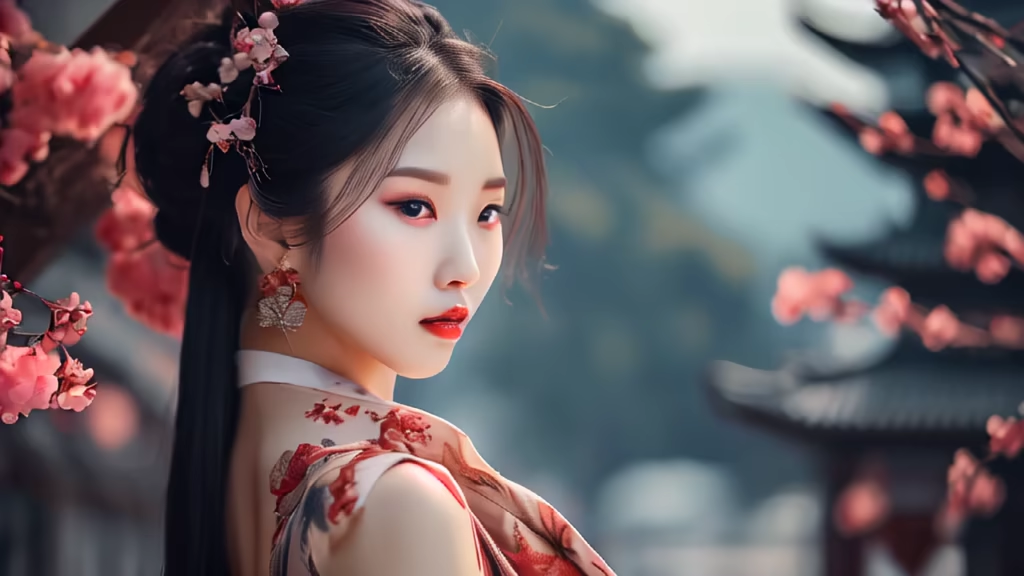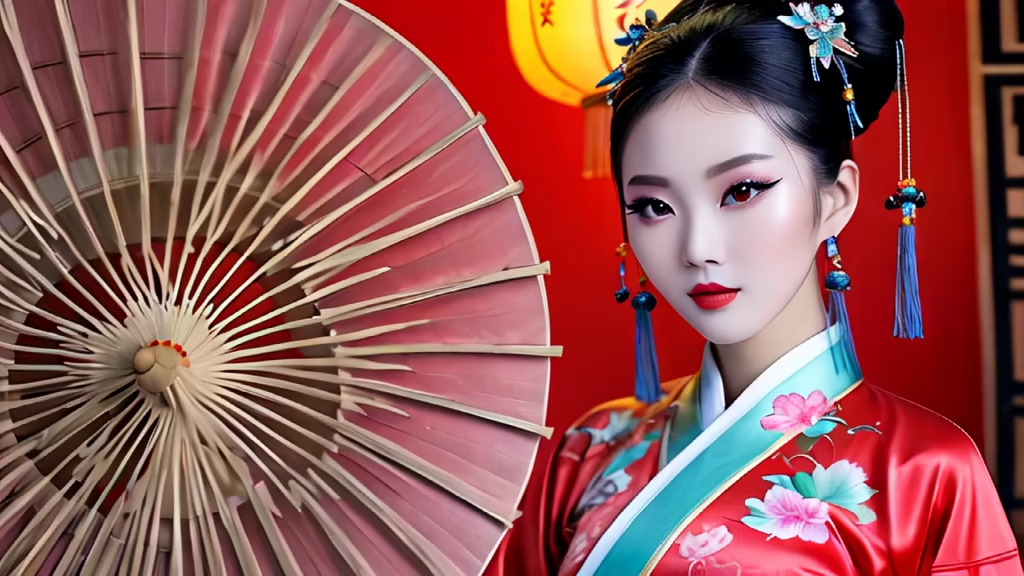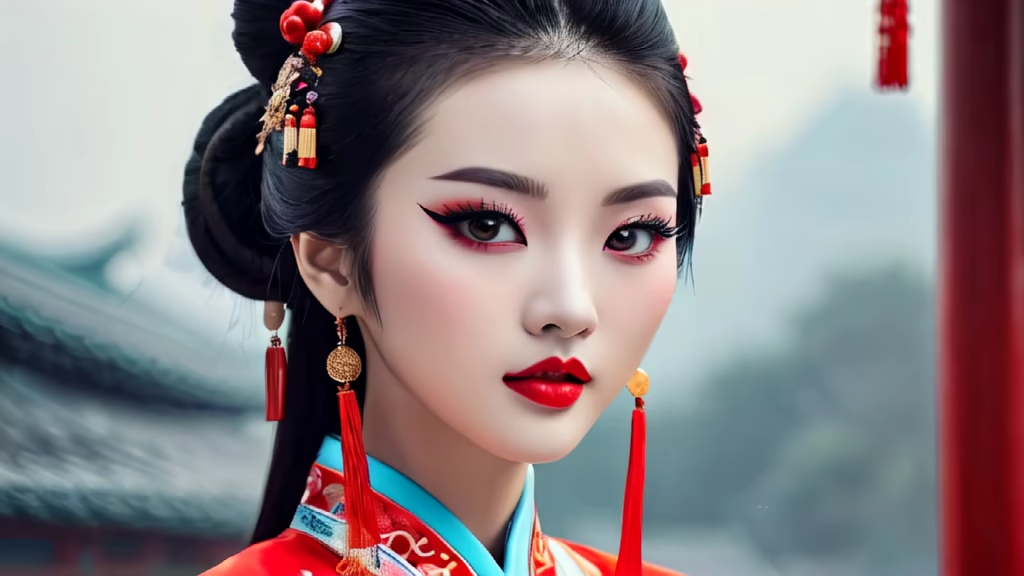

Prompt: Content: Empress Wu ZetianMedium: PaintingStyle: Courtly elegance, emphasizing the authority and grace of the female emperorLighting: Luxurious and soft, highlighting the royal demeanor of the figureColors: Splendid and beautiful, aimed to portray the majesty and elegance of the figureComposition: Dignified and majestic, highlighting the royal dignity and power of the figure




Prompt: The appearance of Chinese emperors varied from era to era and from one historical period to another. In ancient times, emperors or sages were born with visions, such as the Yellow Emperor's Dragon Face, Zhuan Xu's Dai Wu, Emperor Çu'Çu's Eunuch Teeth, Yao's Eyebrows and Eight Cai's, Shun's Eyes with Heavy Pupils, etc. . In the Qing Dynasty, Emperor Qianlong was young, clean and thin face, sharp chin, thin eyebrows, high nose, and other features are correct and handsome.
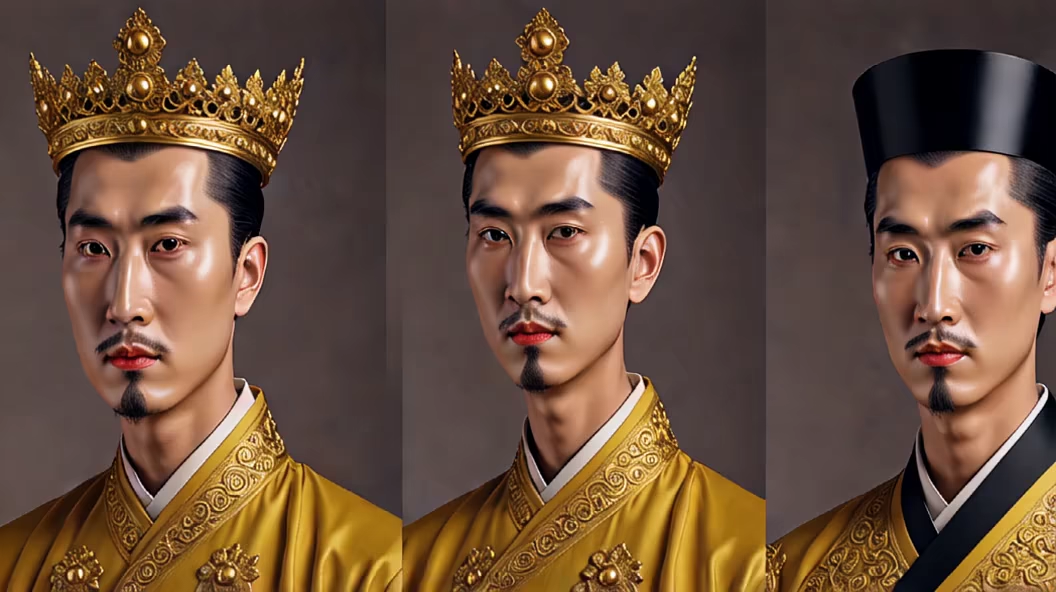
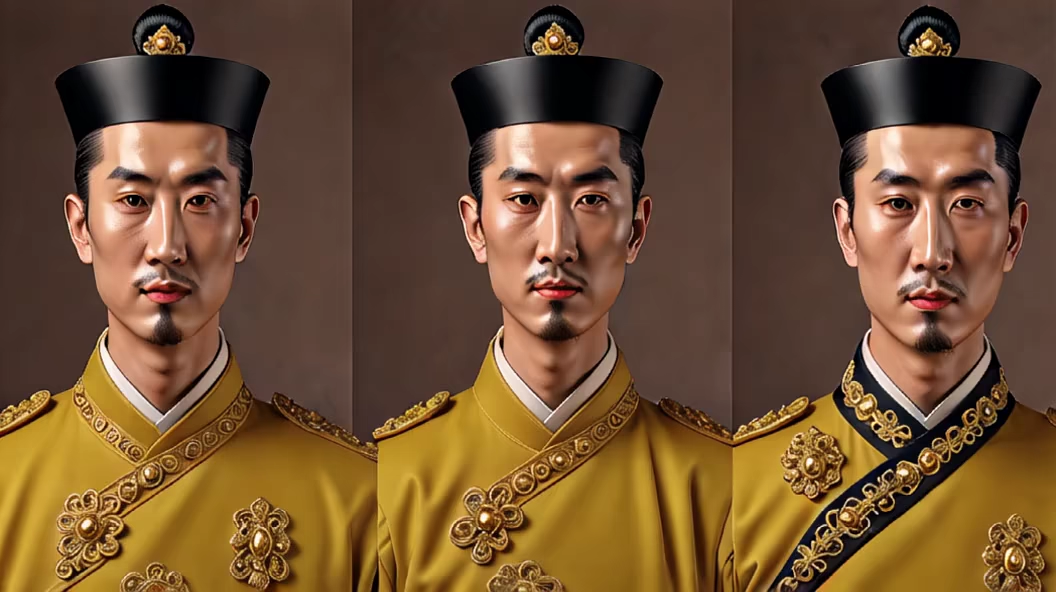


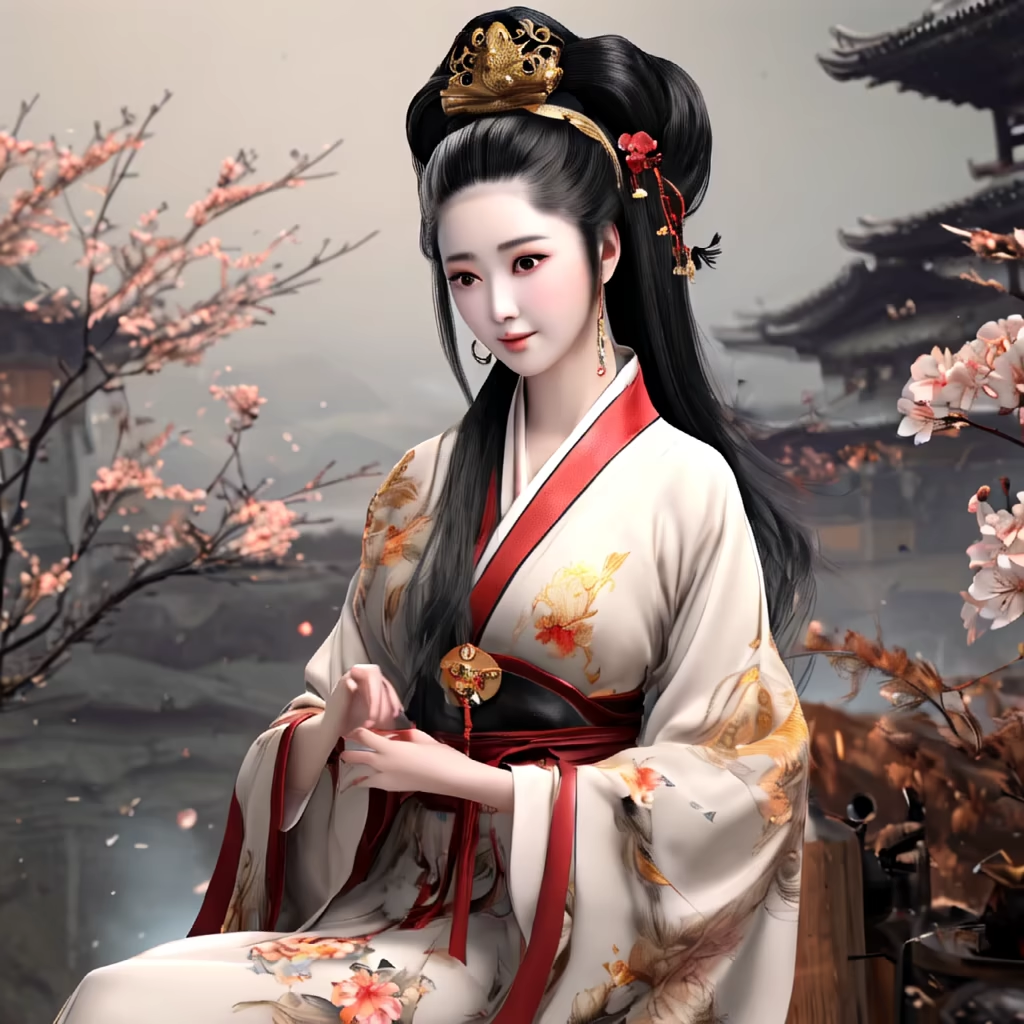
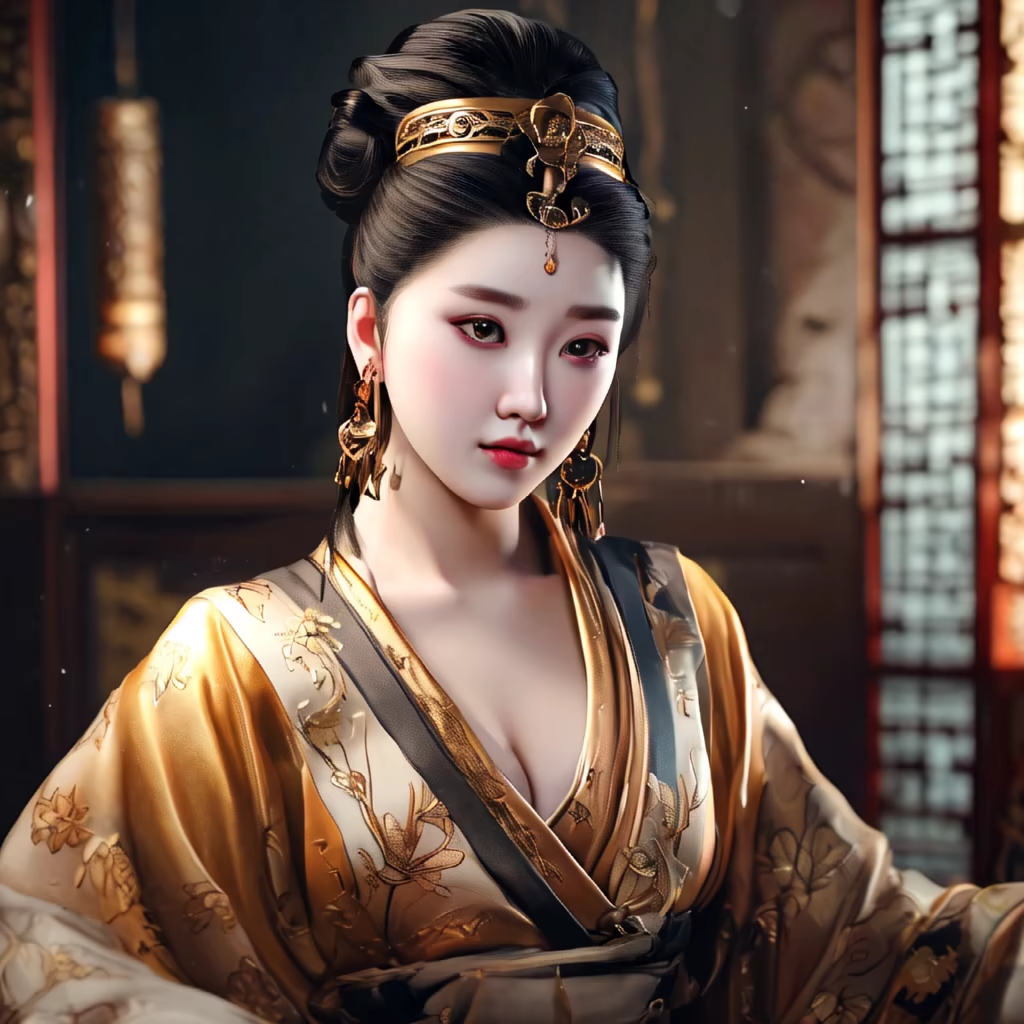
Prompt: Guanyu and Zhugeliang and Liubei and Zhangfei in Three Kingdoms in Chinese ancient history,very high quality,style:HD photographic


Prompt: A depiction of an ancient Chinese woman inthe styleof Liu Haisu, Graceful lines andcultural nuances
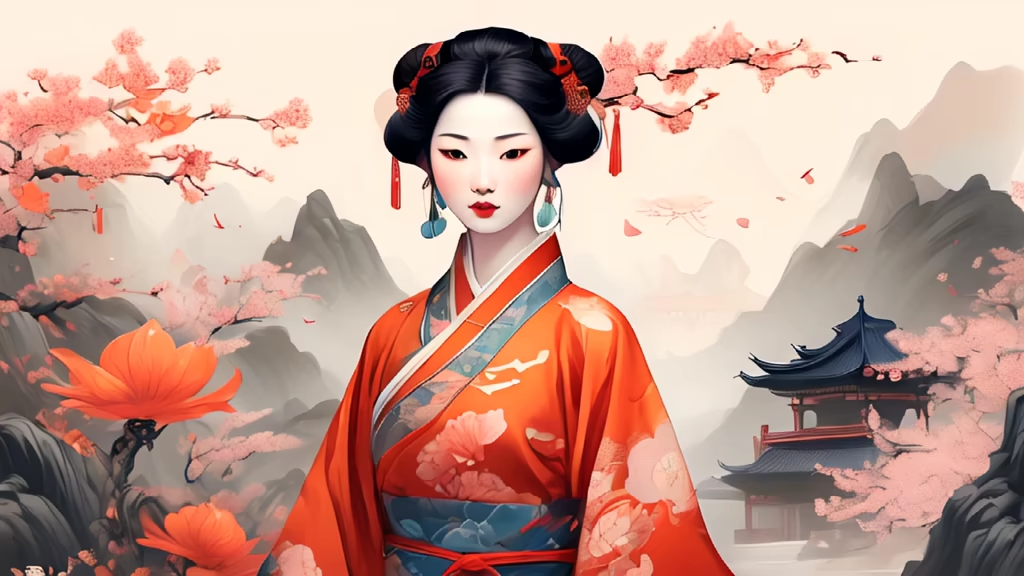
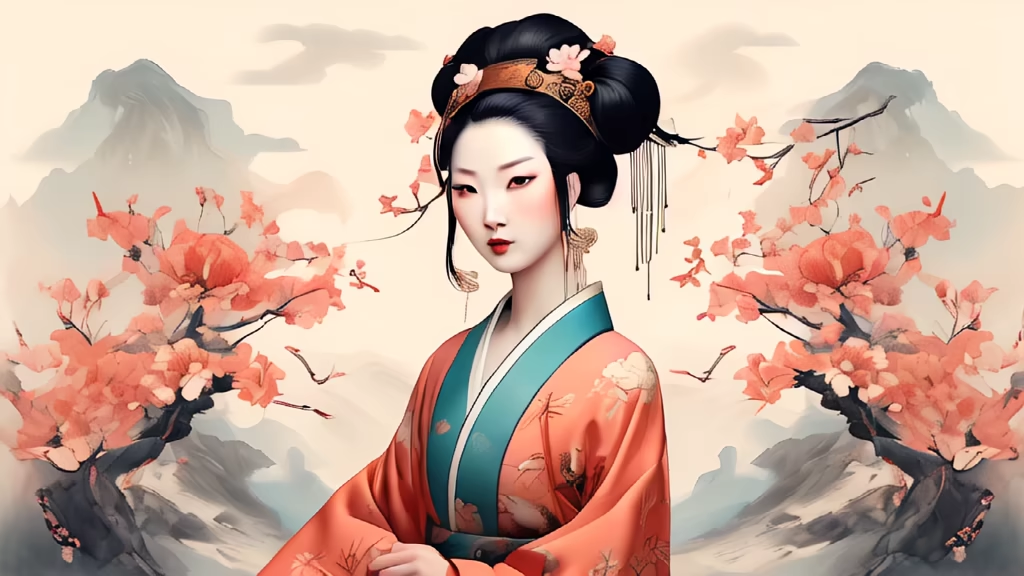
Prompt: A depiction of an ancient Chinese woman inthe styleof Liu Haisu, Graceful lines andcultural nuances
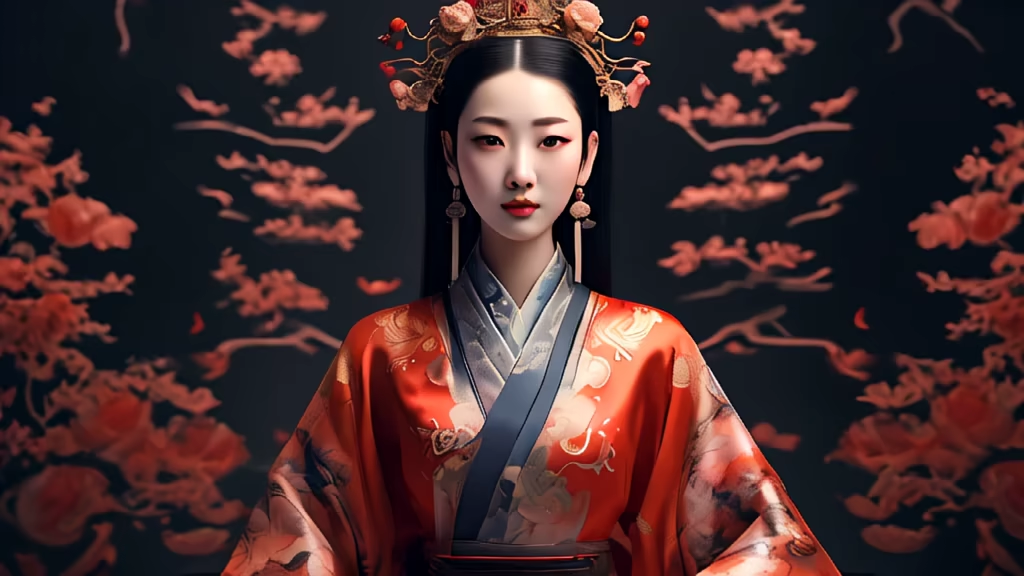












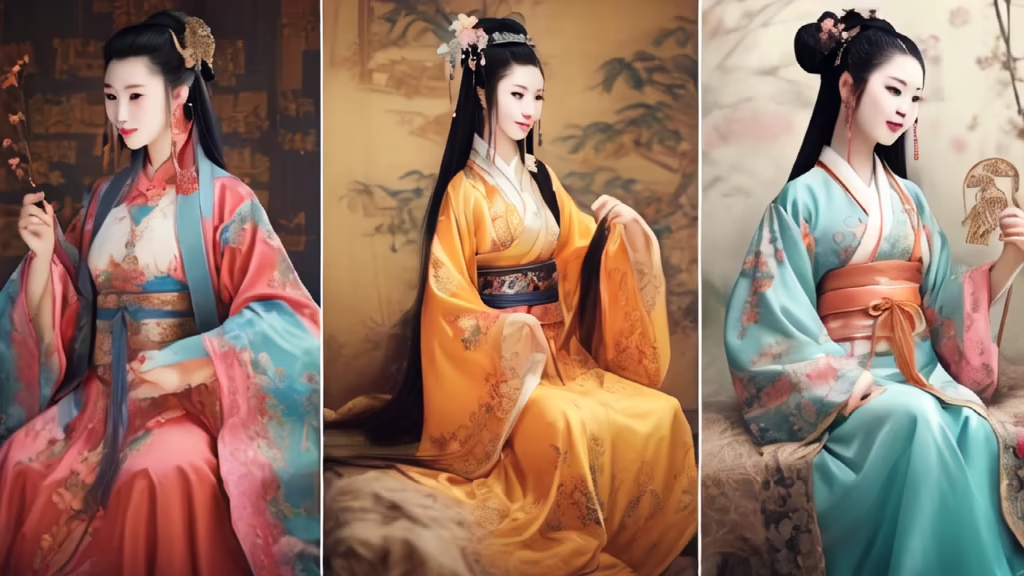



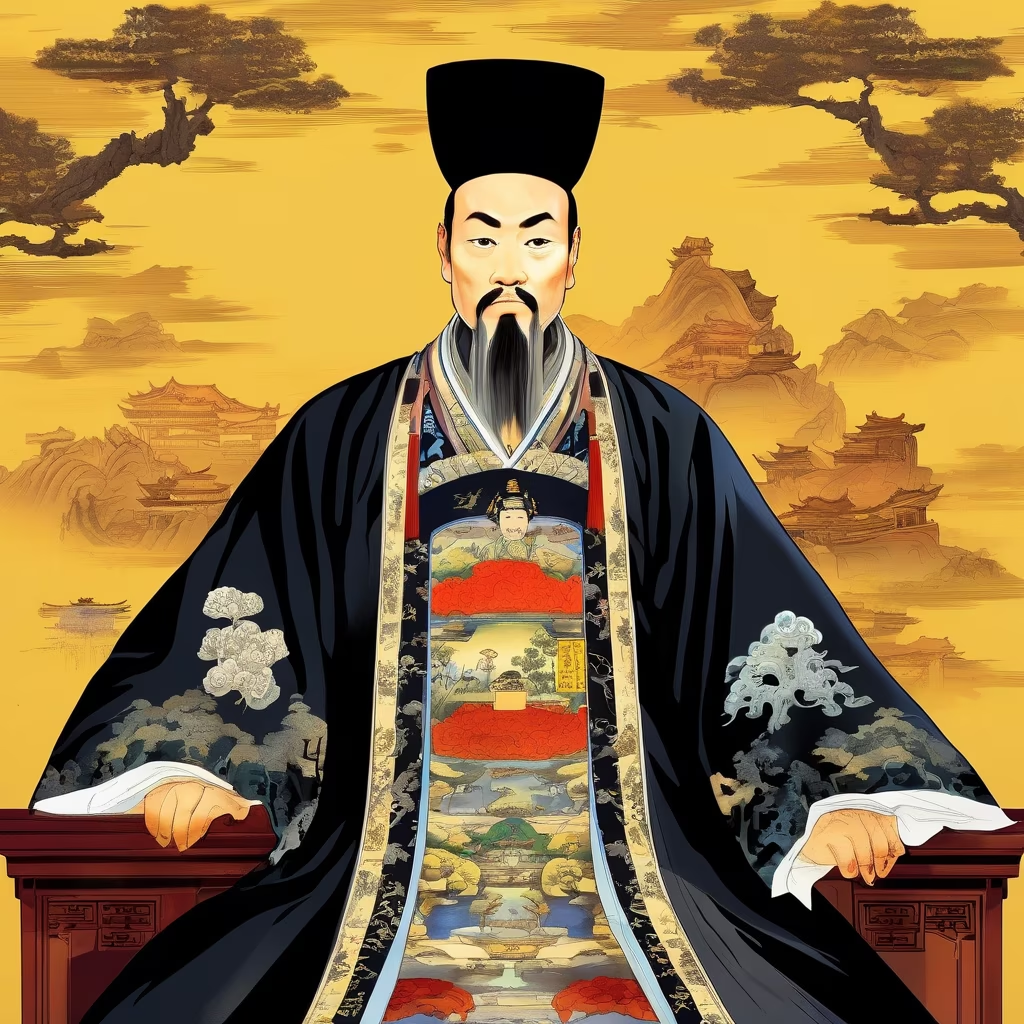


Prompt: steampunk cyberpunk hardcore coffee maker hd 3d 32k also the toaster operates with gears control the coffee maker controlling the clocks in the house abstractcore
Negative: blurry, ugly

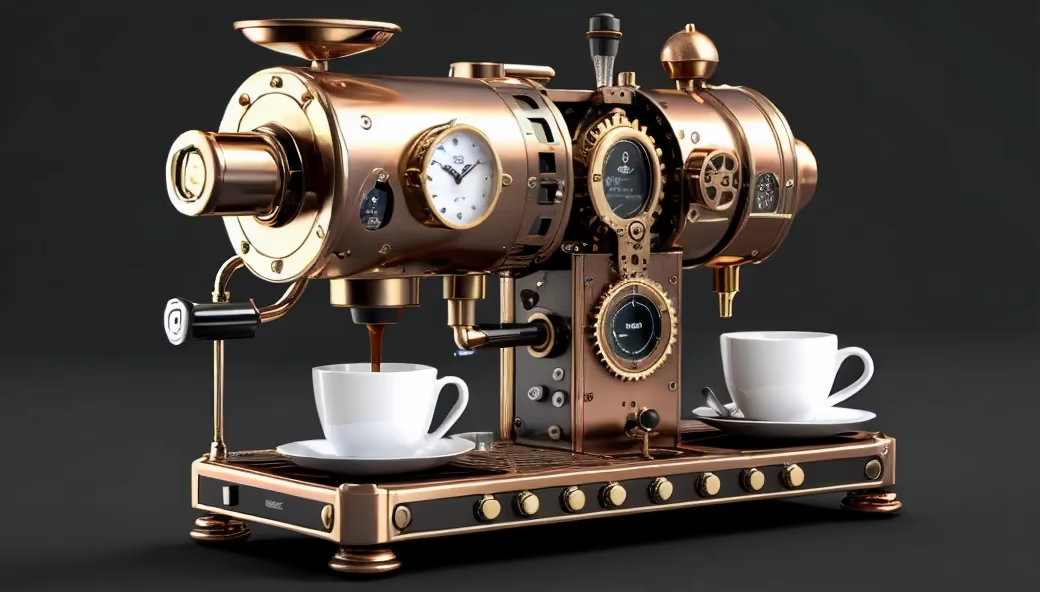
Prompt: Emperor Qin Shihuang,the first emperor in Chinese ancient history,palaces of Qin empire in back ground,style:photographic


Prompt: Someone took a picture of Yinglong in the Classic of Mountains and Seas of China in ancient times, old photos






Prompt: Chinese classical beauty, generous temperament, holding a sword, white skin, slim and graceful



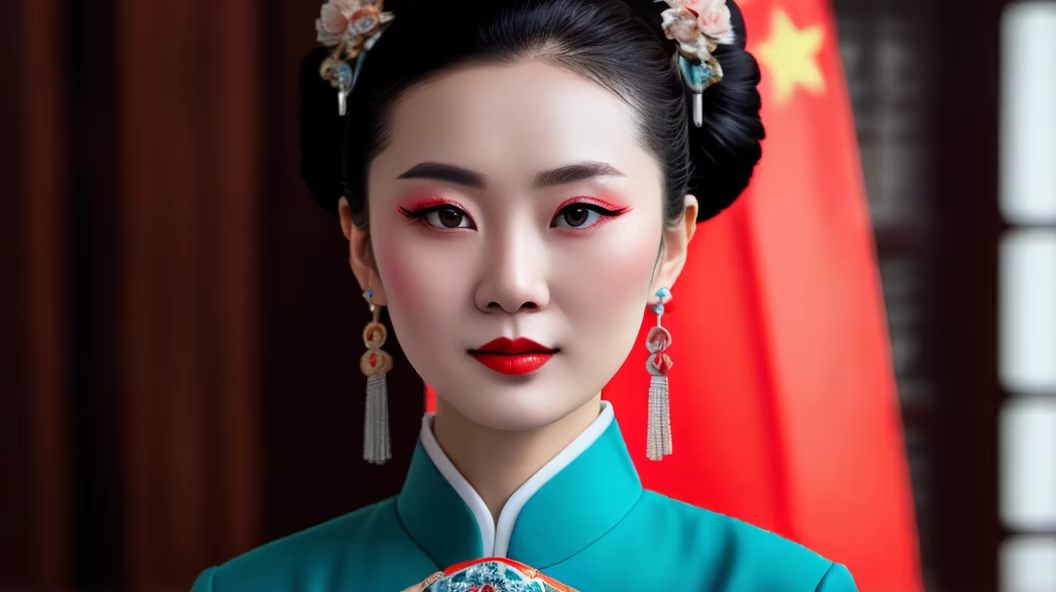
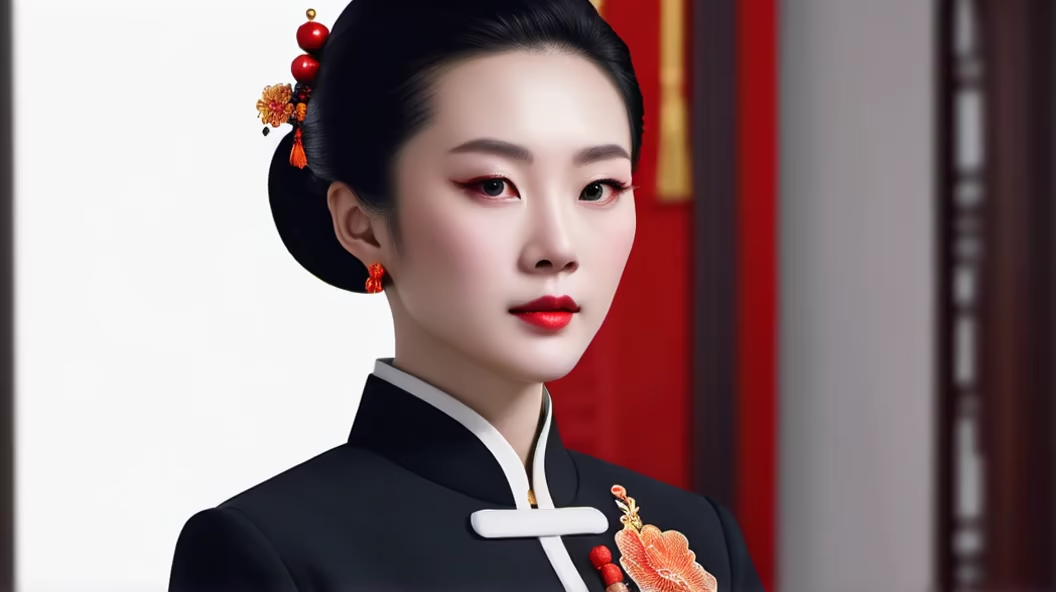
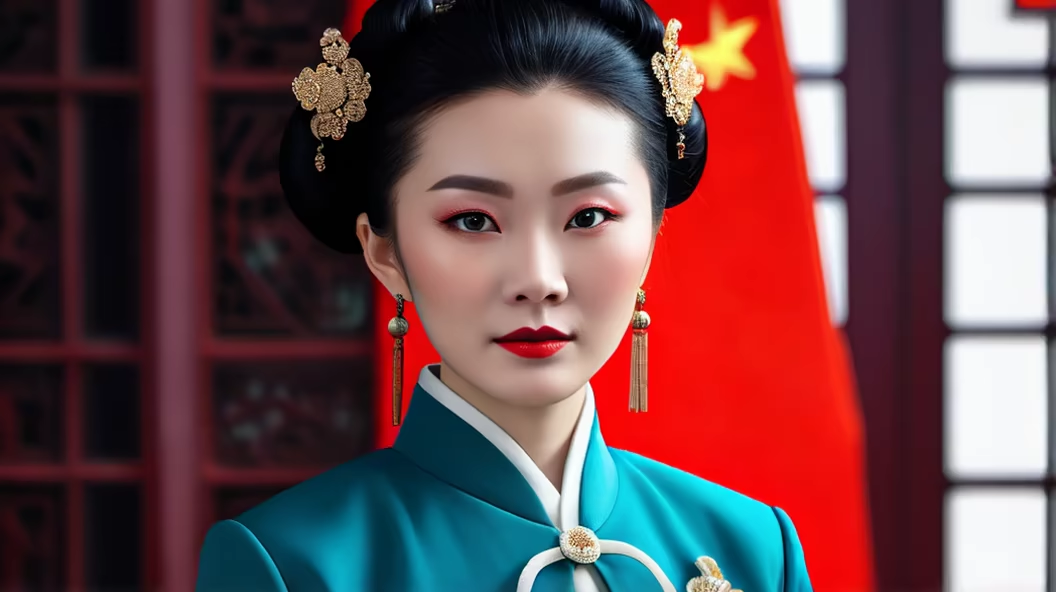




Prompt: The Chinese ancient beauty has a clear image, using delicate brushstrokes to depict rich details. The style blends traditional and modern elements, highlighting classical beauty. The theme focuses on elegance and grace, showcasing a dignified temperament. Visually, it presents the splendor of ancient attire and the unique charm of traditional culture. The setting is in an ancient palace or amidst natural landscapes, emphasizing her ethereal beauty. The lighting is soft and enriching, accentuating her facial contours like a fairy in a painting.
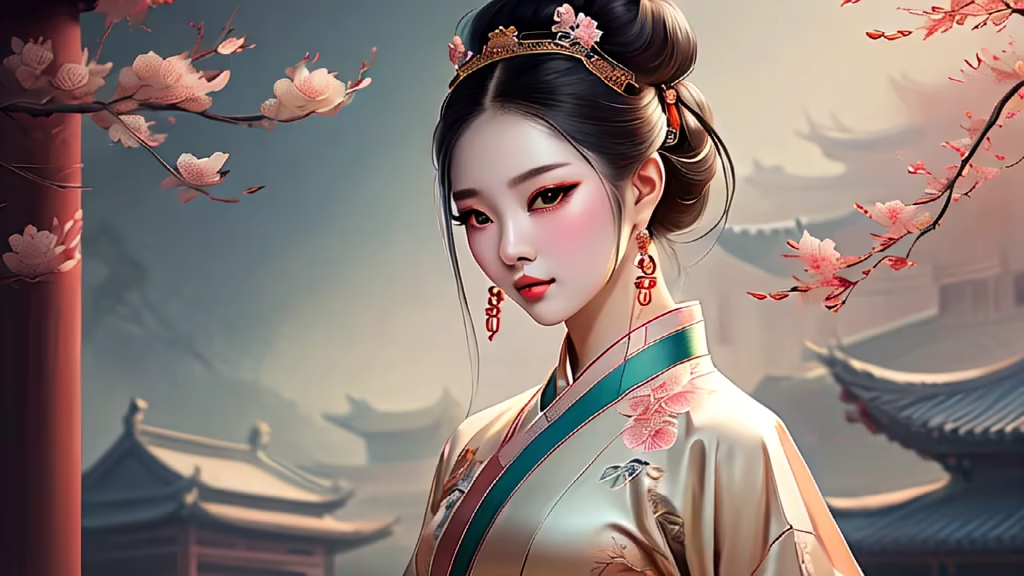
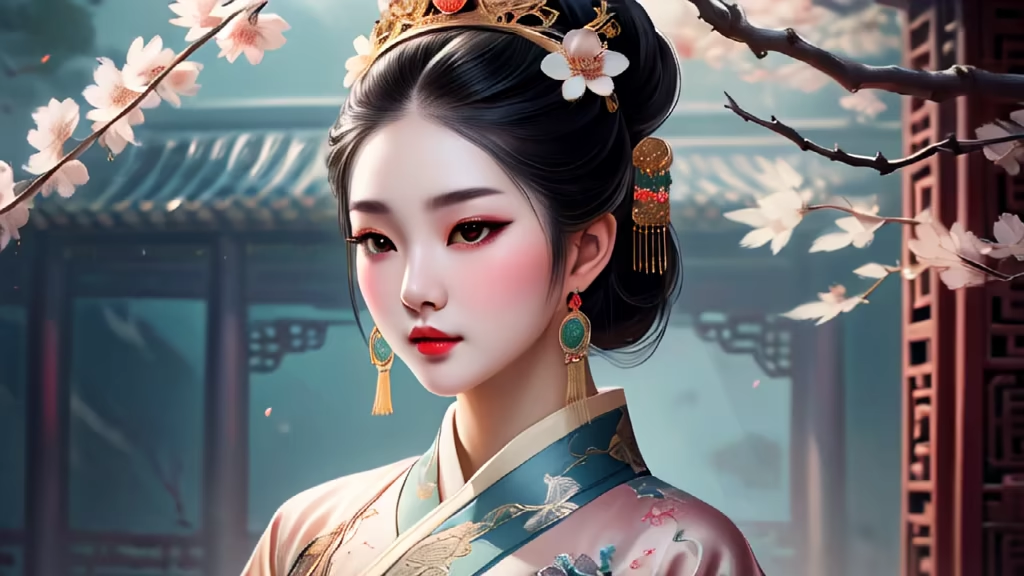
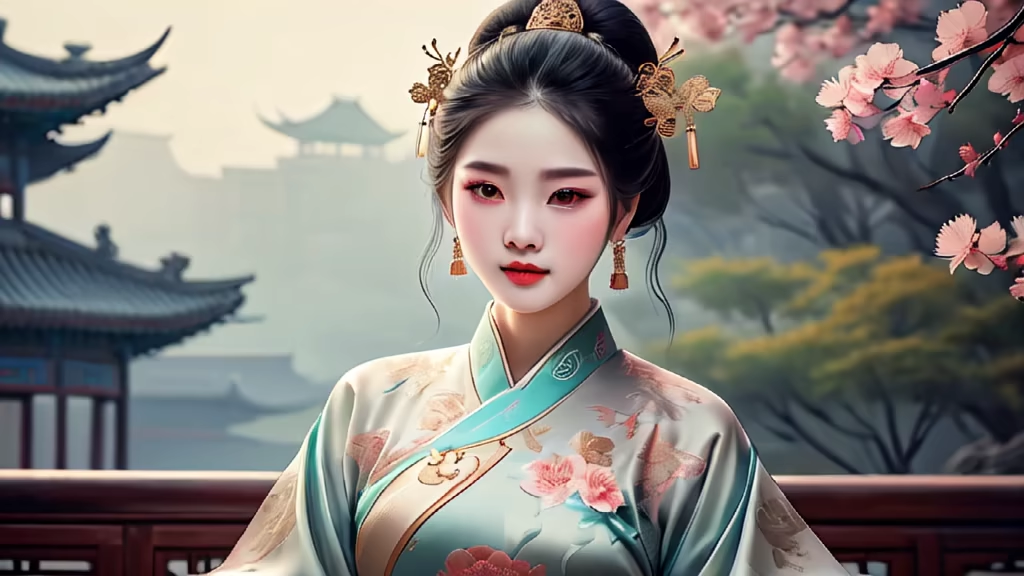

Prompt: The Chinese ancient beauty has a clear image, using delicate brushstrokes to depict rich details. The style blends traditional and modern elements, highlighting classical beauty. The theme focuses on elegance and grace, showcasing a dignified temperament. Visually, it presents the splendor of ancient attire and the unique charm of traditional culture. The setting is in an ancient palace or amidst natural landscapes, emphasizing her ethereal beauty. The lighting is soft and enriching, accentuating her facial contours like a fairy in a painting.

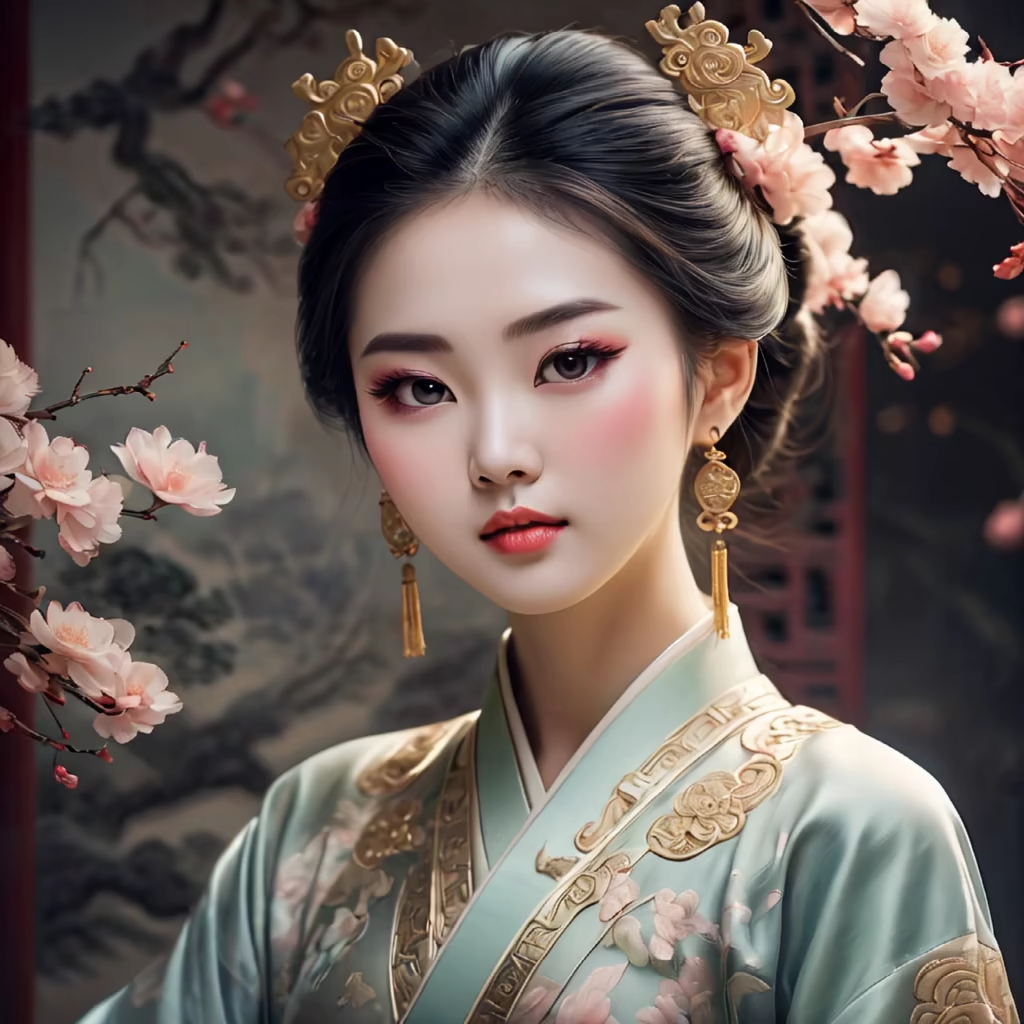


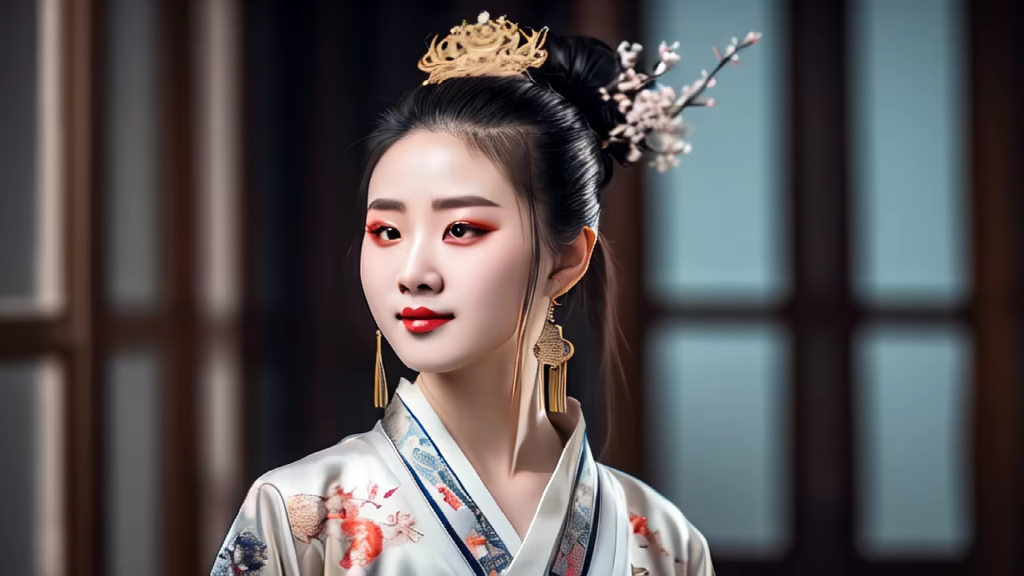
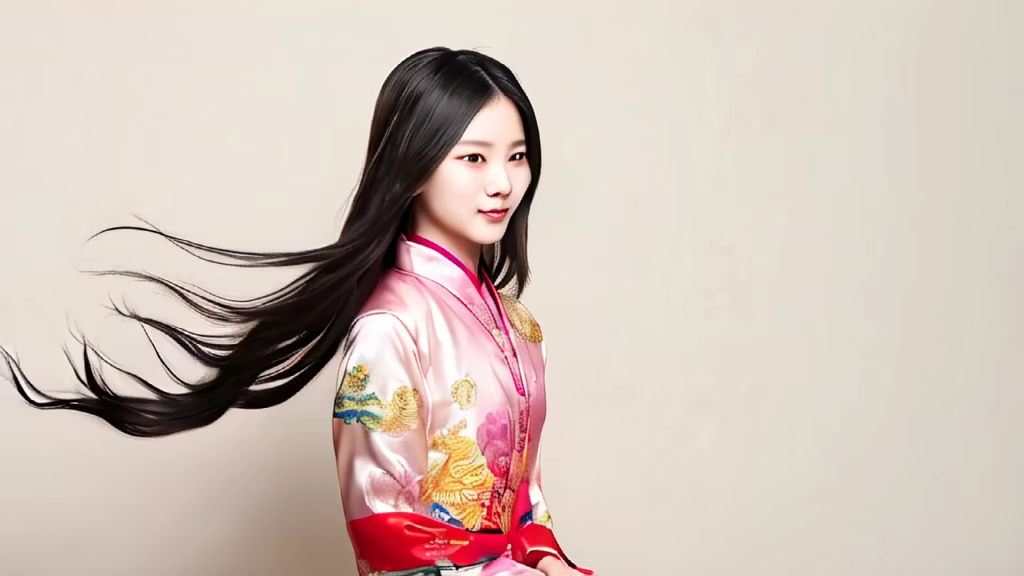
Prompt: hinese, ancient men writing history books, retro, movies, Chinese paintings Style: Photographic



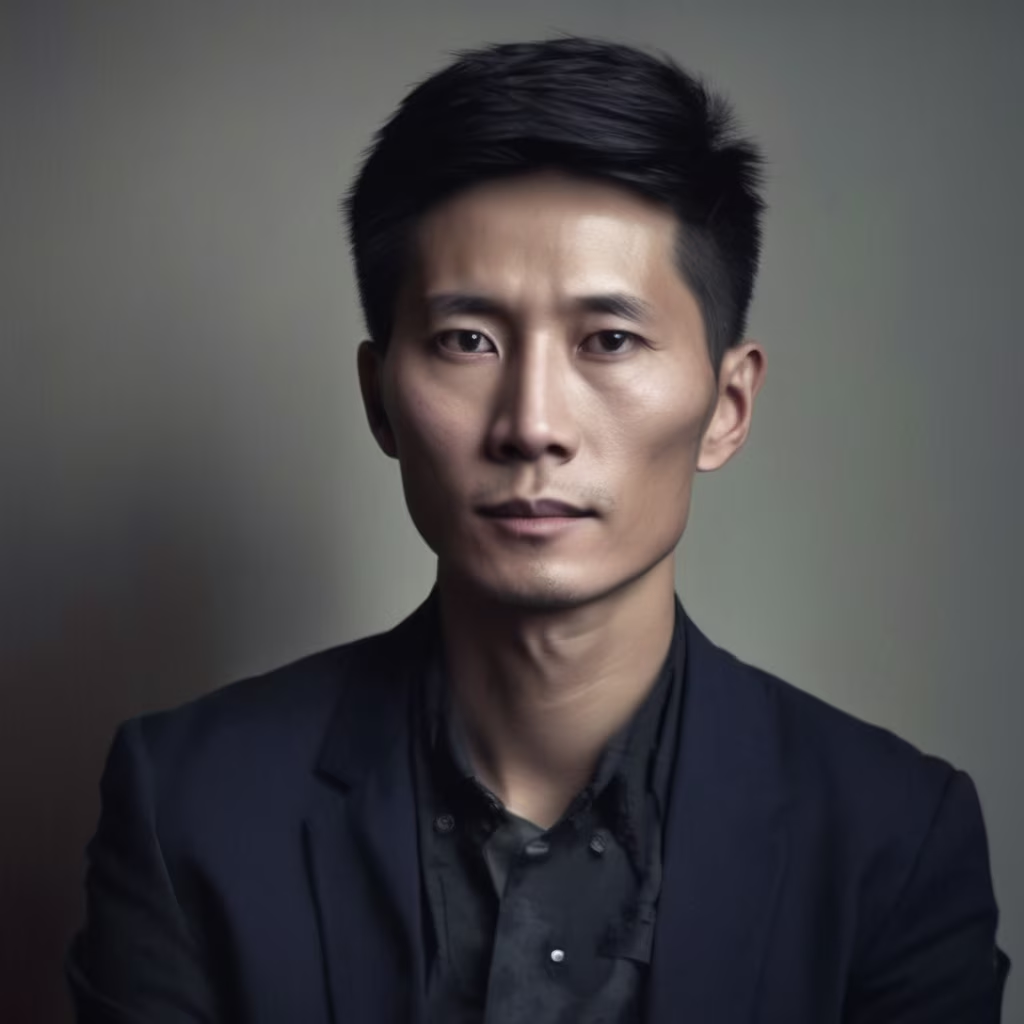



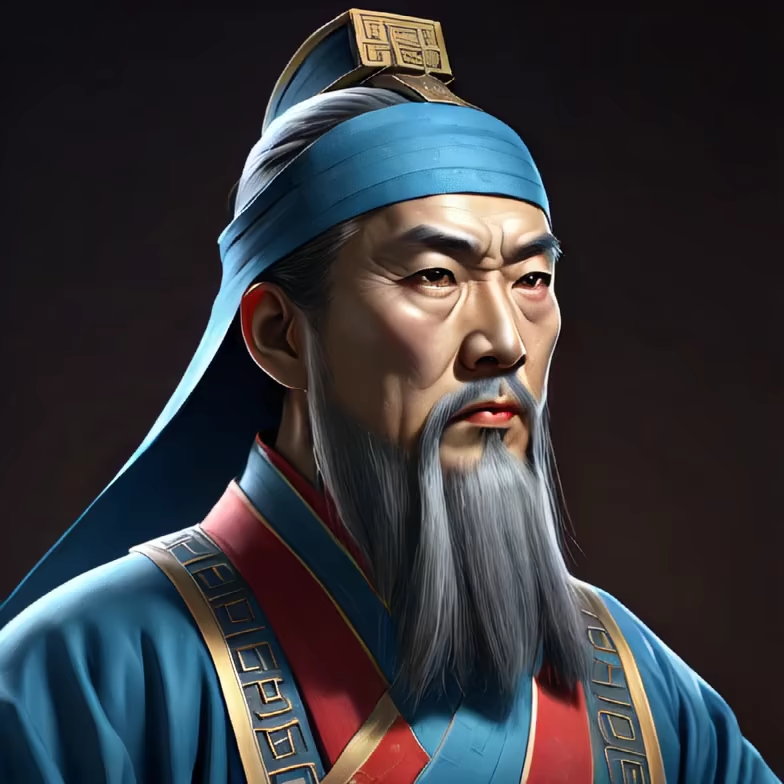


Prompt: In ancient China, there was a beautiful dancer known for her delicate figure and stunning appearance. She wore magnificent traditional Chinese costumes that featured intricate details, capturing the essence of Chinese artistry. With a refined and vivid portrayal, her face exhibited exquisite features such as willow-leaf eyebrows, complemented by a unique personality depiction.Her hair, adorned with coiled strands, golden leaves, flowing clouds, watercolor, and mythical cranes, resembled the elements found in traditional Chinese ink paintings. The overall composition reflected a gentle gaze, reminiscent of the Dunhuang color palette. The embroidered patterns on her exquisite garments showcased a professional use of colors and highlights, creating a panoramic representation of beauty and grace.
Style: Photographic
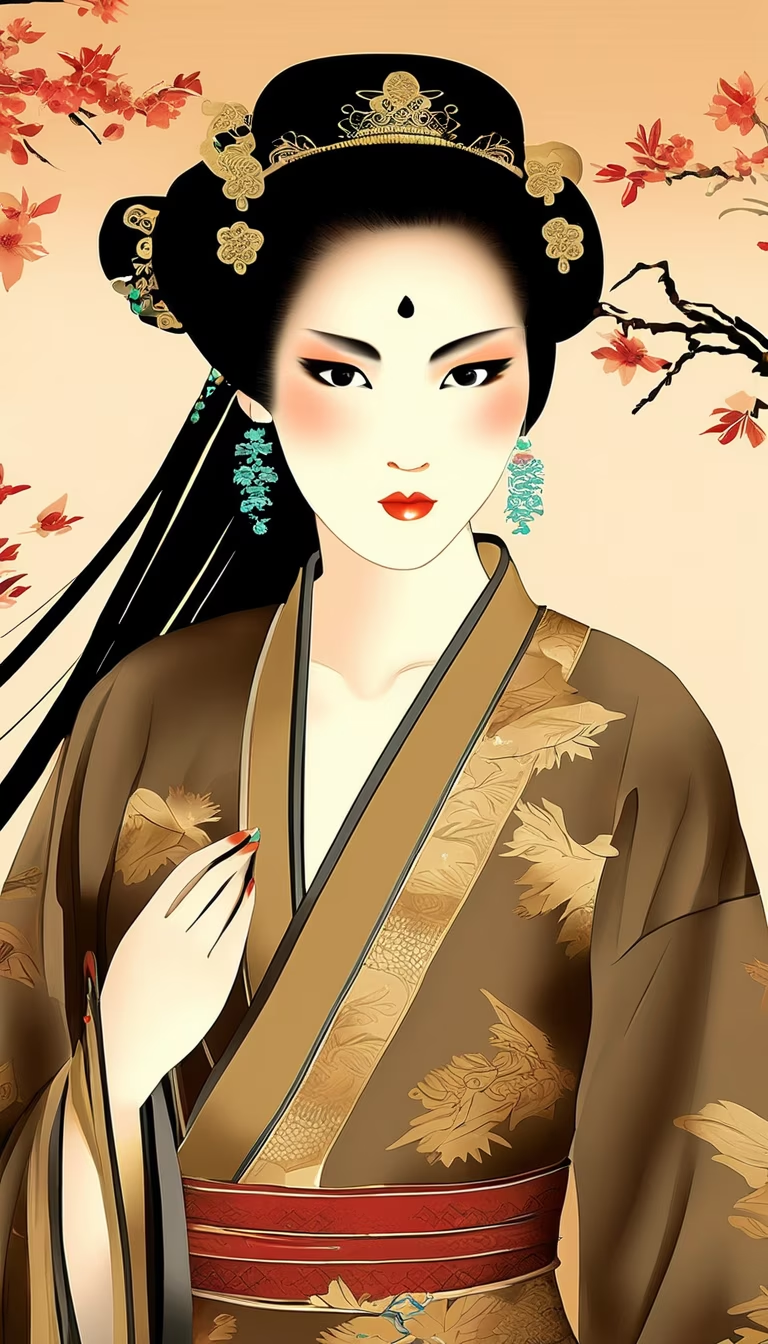



Prompt: Ming Taizu Zhu Yuanzhang (October 21, 1328 - June 24, 1398), formerly known as Zhu Chongba, was renamed Zhu Xingzong, with the courtesy name Guorui, from Zhongli County, Haozhou, Huainan (now Fengyang County, Anhui Province), Ming Dynasty, China The founding emperor established the Ming Dynasty in 1368 AD. He reigned for thirty-one years. His reign name was \"Hongwu\", his temple name was \"Taizu\", and his posthumous title was \"Kai Tian Xing Dao Zhao Ji Li\". Emperor Gao\", collectively referred to as \"Emperor Taizu Gao\"












